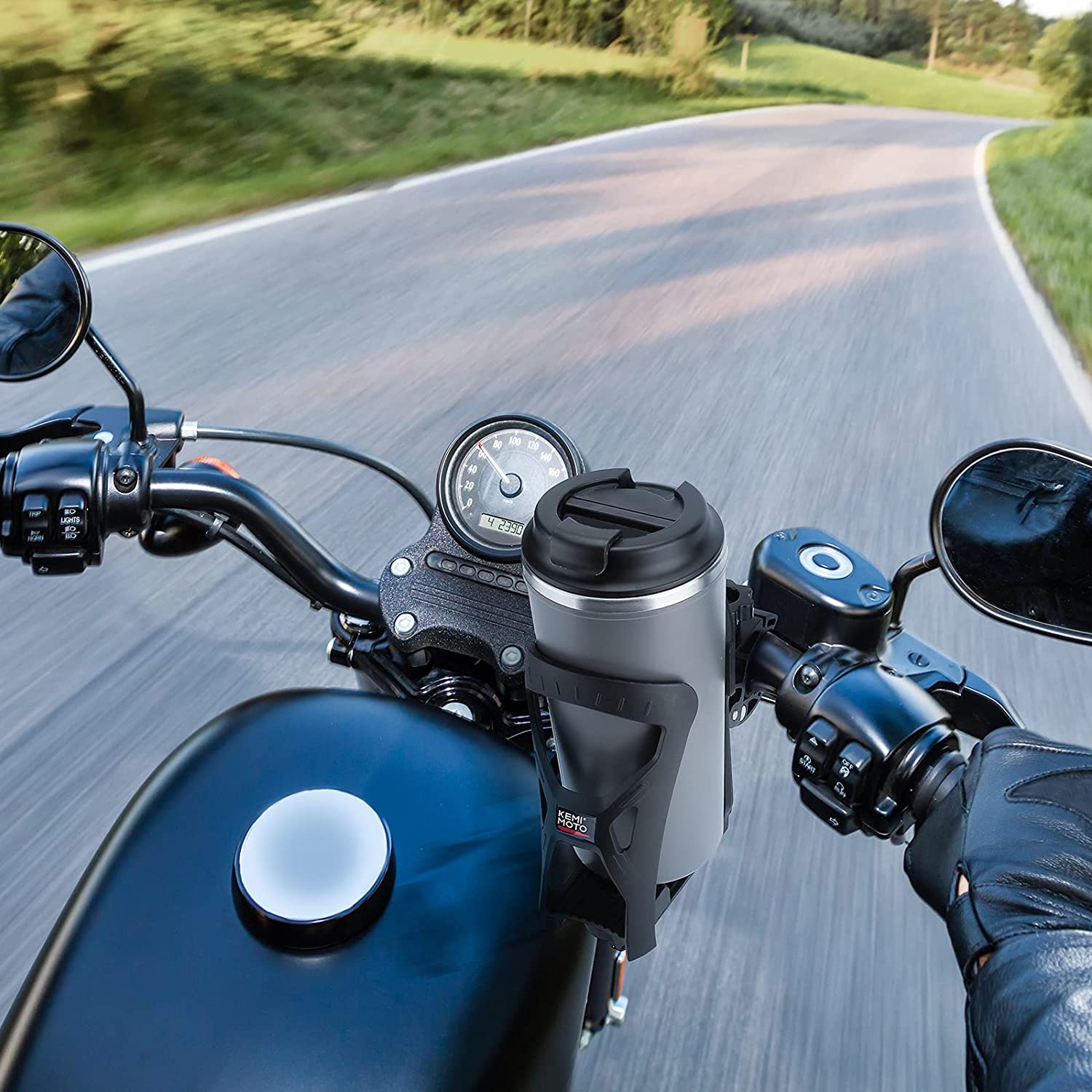As a beginner to the world of ebikes, you may be wondering how fast these electric-powered bicycles can really go. Well, the answer depends on various factors, such as the type of motor and battery your ebike has, as well as the terrain you’re riding on. So how fast can you really go on an Ebike?
Most ebikes have a top speed of around 20 mph (32 kph), which is the maximum speed allowed by law in many countries. However, some high-performance models can go faster, reaching speeds of up to 28 mph (45 kph) or even more.
So, what makes some ebikes faster than others?
Let’s take a closer look at the key factors:
- Motor power: The power of an ebike’s motor is measured in watts. The higher the wattage, the more powerful the motor is and the faster the ebike can go.
- Battery voltage: The voltage of an ebike’s battery determines how much power the motor can draw. The higher the voltage, the more power the motor can use and the faster the ebike can go.
- Terrain: The type of terrain you’re riding on can affect your ebike’s speed. For instance, if you’re riding uphill, your ebike may not be able to go as fast as it would on a flat road.
- Rider weight: The weight of the rider can also affect the speed of an ebike. A heavier rider may find it harder to achieve top speeds than a lighter rider.
- Wind resistance: Wind resistance is a major factor that can affect your ebike’s speed. Riding against a headwind can slow you down, while riding with a tailwind can help you go faster.
In Conclusion,
The speed of an ebike depends on several factors, including the power of the motor and battery, the terrain, the weight of the rider, and wind resistance. As a beginner, it’s important to choose an ebike that matches your needs and skill level, and always wear a helmet and other safety gear while riding.
At myebikesaccessories.com, we offer a range of accessories to enhance your ebiking experience, from helmets and bike lights to saddlebags and phone mounts. Check out our website today and get ready to ride in style!
